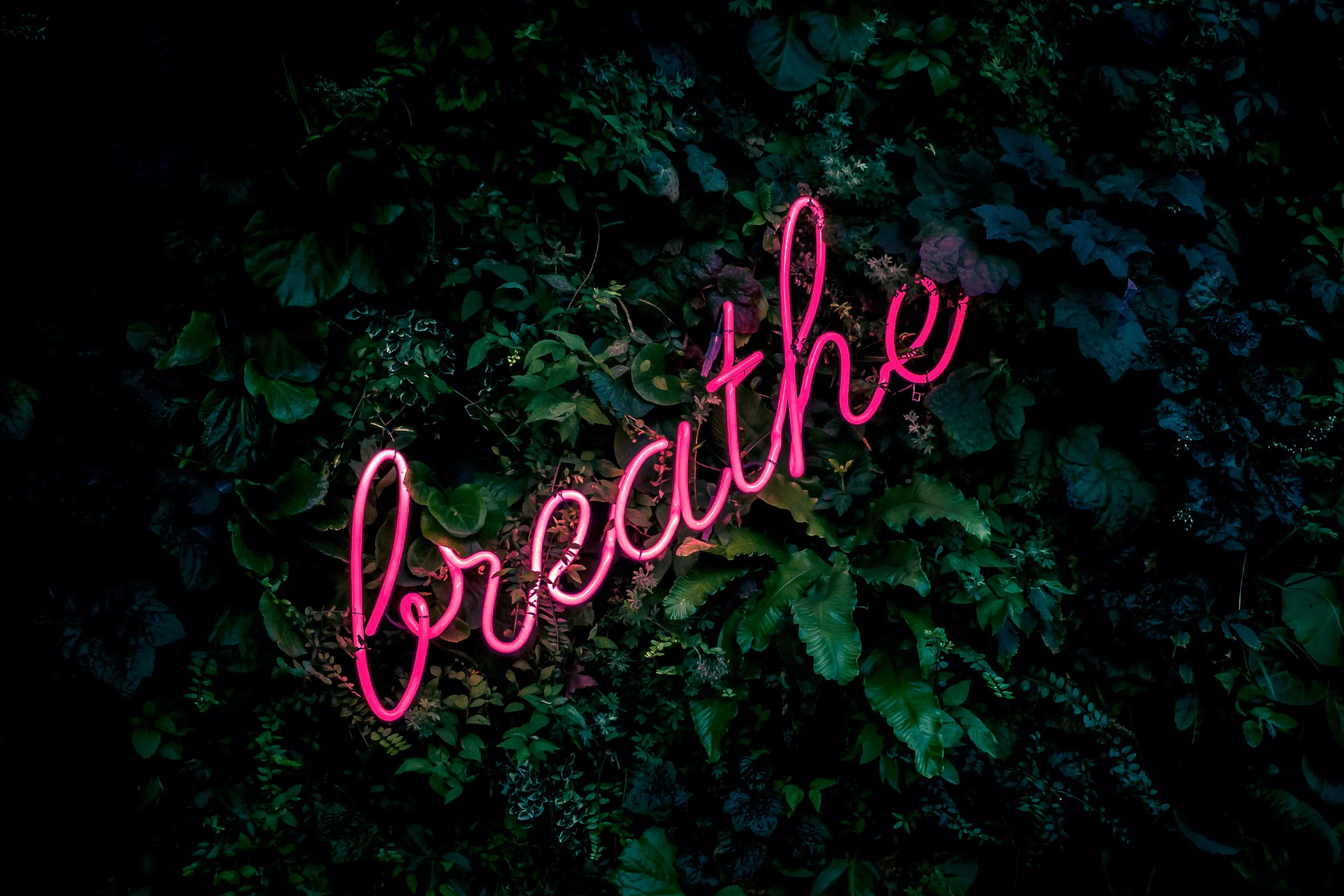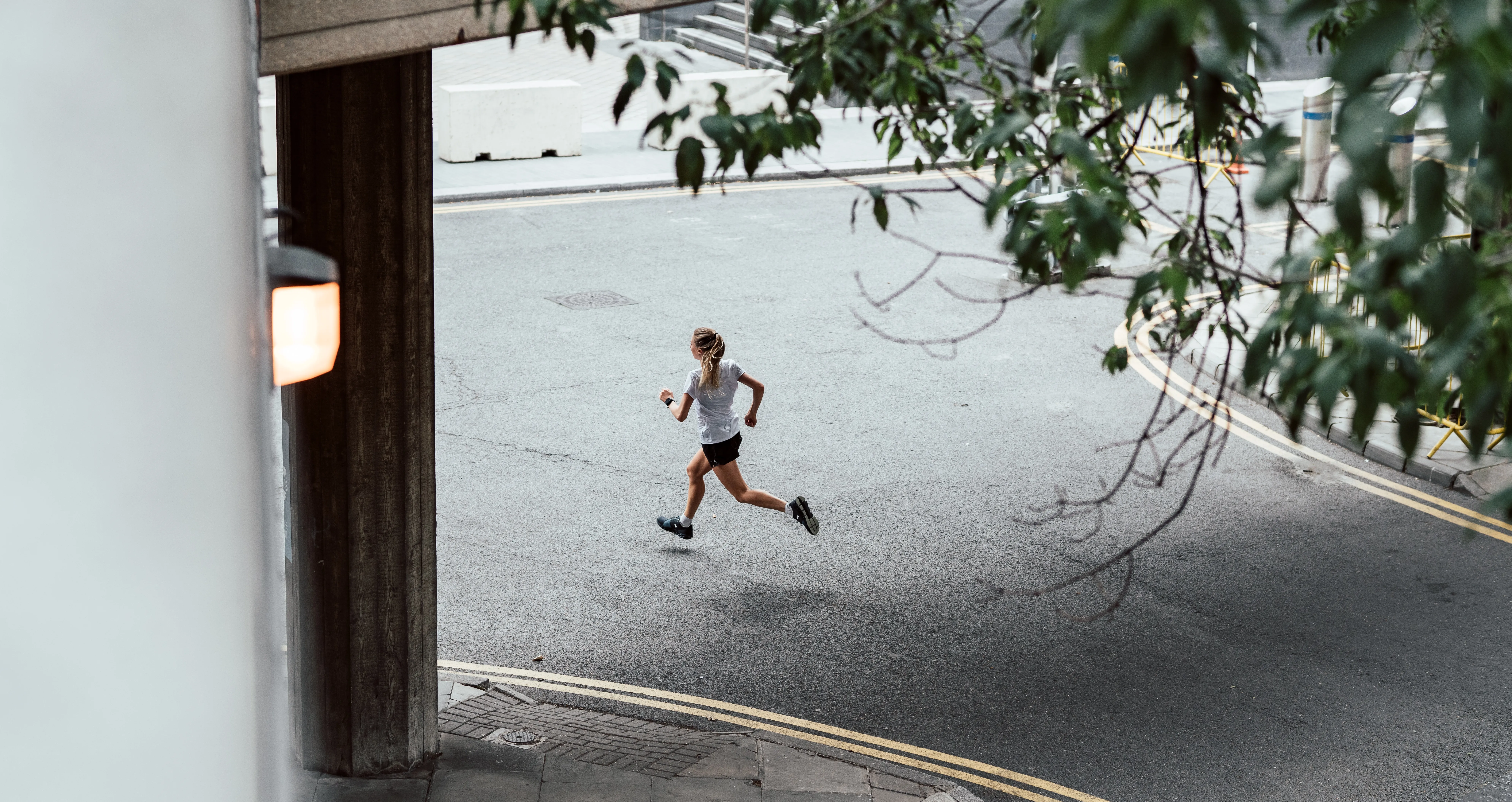
Breathing – it’s second nature, right? But for runners, understanding and utilizing effective breathing techniques may greatly enhance overall performance. We often emphasize speed, stamina, and strength, not realizing that better, rhythmic breathing provides a core component of endurance and success in running.
Proper breathing isn’t just about supplying oxygen to your muscles; it’s about gaining control over your body to minimize stress and fatigue – essential factors while running. This article delves into various techniques for controlling your breathing during running, helping you optimize your performance and enjoy a smoother, more comfortable run.
Breathing Basics for Runners
The old saying goes, “In through the nose, out through the mouth.” However, a more advanced and effective spacing technique replaces this outdated principle.

The 2:2 breathing technique, or rhythmic breathing, involves inhaling for two steps and exhaling for another two. Thus, at an easy pace, you’d inhale for three or four steps and exhale for an equal count. The main advantage of a balanced breathing pattern is that it allows you to alternate your exhaling foot, thereby distributing the body’s impact equally on both sides, preventing injuries, and improving performance.
Dedicated core work also boosts your breathing efficiency. Strengthening your diaphragm, abdominal, and intercostal muscles – the supporting musculature around your rib cage – allows you to draw in larger breaths and discharge them more effectively.
Controlling Your Breath
Maintaining control over your breath helps regulate your pace, preventing you from running at a speed beyond your capacity. As a rule of thumb, if you cannot hold a conversation while running, you are likely running too quickly, making your breathing frantic. There’s no harm in pacing down to a speed at which you can control your breathing rhythm.
All Weather Breathing

How to breathe while running is also influenced by the weather. In cold weather, consider breathing through a scarf or neck gaiter to warm the air before it hits your lungs. In hot and humid situations, focus on deep, belly breaths to maximize oxygen intake and decrease the risk of side stitches.
Enhancing Breathing Through Practice
Just as you train your body for a marathon, you must train your breath. Incorporate breathing exercises in your weekly routine. Experiment with various inhalation and exhalation ratios to discover what works best for you.
Practice diaphragmatic or ‘belly breathing’ when not running. As you become more experienced, you’ll find it easier to employ this deep breathing technique during your runs, improving your oxygen intake.
Running is not just about moving faster; it’s about controlling every aspect of your body for peak performance. By learning and applying effective breathing techniques, you can maximize not only your running endurance and speed, but also your enjoyment of the exercise. Have a great run, and remember, breath is power.




